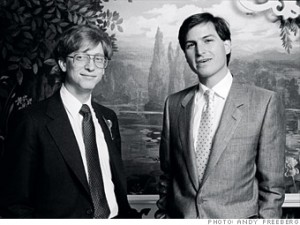 There’s an enormous amount of capital going into what’s called the metaverse today. An awful lot is being written about it. The vast majority is being wasted.
There’s an enormous amount of capital going into what’s called the metaverse today. An awful lot is being written about it. The vast majority is being wasted.
I know this because Moore’s Law has been around for almost 60 years. Two generations. We know how a change like this occurs.
It occurs from the bottom up.
It was start-ups that forced IBM into mini-computers and, later, into PCs. Digital software natives Microsoft and Apple eventually pushed IBM aside entirely and let its own bureaucracy devour it. The same was true with networking. If we waited for AT&T to build the Internet, we’d still be waiting. It was the government’s insistence on open standards, driven largely by the needs of national defense, that drove the model in the 1990s.

Demands for purity, any kind of purity, always fall on deaf ears in the age of Moore’s Law. That’s what Eric Raymond’s The Cathedral and the Bazaar was about. The open market of ideas, not just the financial market, is what will drive change.
Of the companies that now dominate the cloud, Microsoft and Apple today are the incumbents. Google, Amazon, and Meta are all newer, but aging fast. Intel lost control of the chip market to designers at Nvidia and AMD.

It’s also clear that these will be open source tools. The more eyes you get on the code the better it can be, and the higher the platform on which you can build.
The Metaverse is being delayed by demands for proprietary advantage. All the key VR, AR and AI tools are proprietary, because they cost big money to develop. But that’s not what history tells us about what works. The whole idea is to be open. Open source. Open standards. Open to innovation.
Someone is going to figure this out. It could be a start-up, or a company now in its second round of funding. I can’t invest in the Metaverse today because the company that will dominate it isn’t trading and may not even exist.










